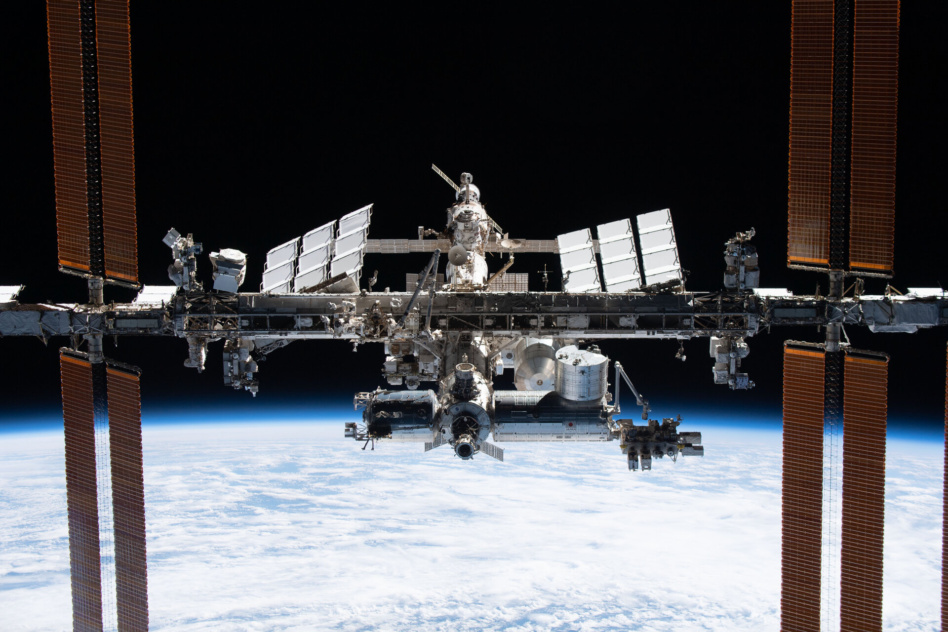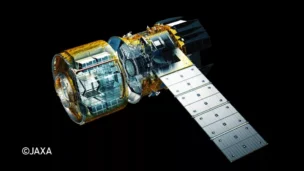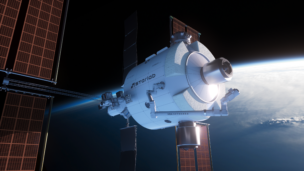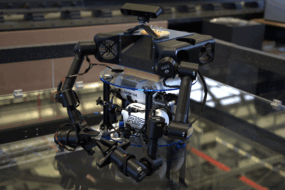The new year has brought a new lease on life for the ISS.
News dump much? NASA said Dec. 31—via blog post—that the White House formally supports the extension of ISS operations through the end of the decade. Until now, US policy was to keep the ISS kicking through at least 2024. Unofficially, the assumption was always that the date with destiny, deorbiting, and decommissioning would be extended.
Footing the bill? While NASA said it will work with station partners and their respective space agencies, it did not say how responsibilities (or the tab) will be split amongst Europe/ESA, Japan/JAXA, Canada/CSA, and Russia/Roscosmos. ESA chief Josef Aschbacher welcomed the news and said he’d submit a proposal to member states to continue through 2030.
Meanwhile, Roscosmos may have more reservations. Roscosmos Director General Dmitry Rogozin vowed last year to leave the ISS and build a Russian replacement if US sanctions on his country were not lifted. And the Russian space agency has expressed doubts, technically speaking, that the ISS could last through 2030.
Maybe sharing that view? NASA auditors. In late November, the NASA Office of Inspector General (OIG) issued a report on ISS mission management. Among other things, OIG found that ISS wear and tear is happening faster than expected.
As we wrote at the time, “The OIG closes by recommending that NASA finish repairs before green-lighting an ISS life extension. NASA agrees on prioritizing fixes, but doesn’t think it should wait to make the call. That view seems most likely to prevail.”
Minding the gap? Even if logistical details of an ISS extension are firmed up in the coming months, the next few years will still be pivotal in getting an on-orbit replacement operational—and avoiding a “gap” in LEO access.
It’s no surprise, then, that we’ve seen a flurry of private space station funding awards and announcements. Most recently, NASA named Axiom’s Ax-2 as the second private astronaut mission to the ISS (Ax-1 launches in late February). Also in recent memory: NASA awarded $400M+ CLD funding to Nanoracks, Blue Origin, and Northrop Grumman.




